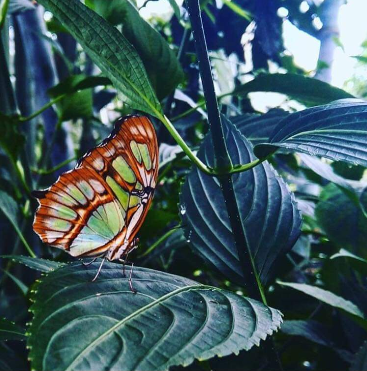My friends are moving away
Only separated by one district
but it feels like eternity
Our memories and laughter
are slowly forgotten as they
discover a life without me
and leave me me behind
My brother is moving away
Going off to college where
he’ll learn and change into
a completely different person
His future will become his
reality as he discovers himself
and leaves me behind
My mother is moving away
Her new job keeping her
busy on the weekends when
we used to have fun that is
now replaced by lonely nights
as she works to prove herself
And leaves me behind
My father is moving away
To a place where happiness
and calm is hard to come by
His fear and paranoia of himself
threatens to destroy my father
He becomes someone different
And leaves me behind
And I
am staying here yearning for
my life filled with childhood
and old pastimes where there
was no worry or stress or burdens
But I know
There is no going back to the
simple life I now long for
Because everyone is moving on
and I must move on with them
To a new and different life
with many barriers to face
but also new chances to take
I will move on
Laura is a thirteen-year-old eighth grade student attending Longfellow Middle School in Virginia. She loves poetry as well as other forms of creative expression such as photography and writing. Her style of poetry is about her experiences of loss and heartbreak but also of hope and new beginnings. She wants readers to feel empowered and leave with a message in their minds.
